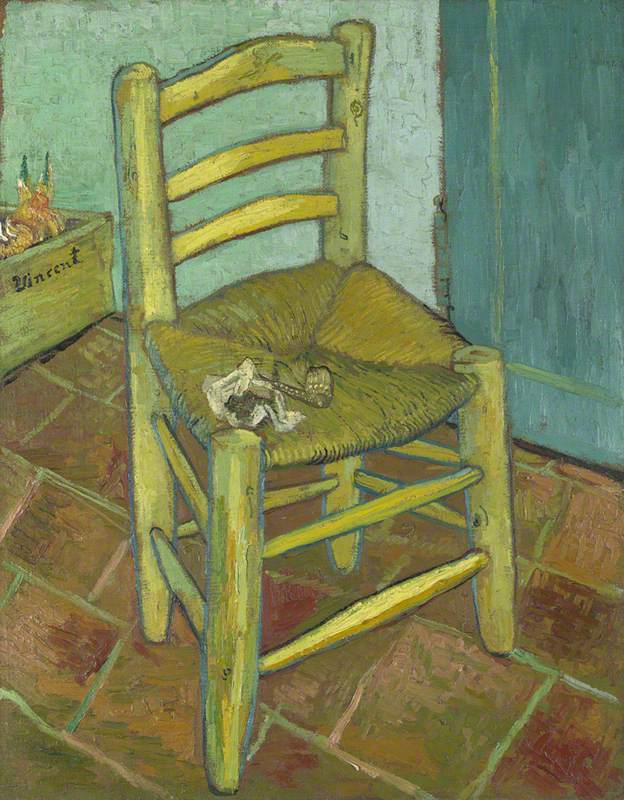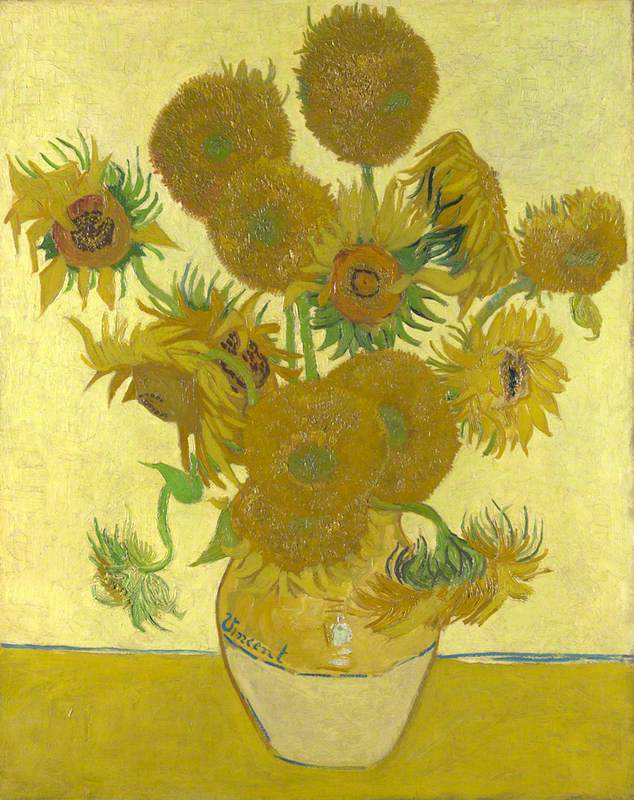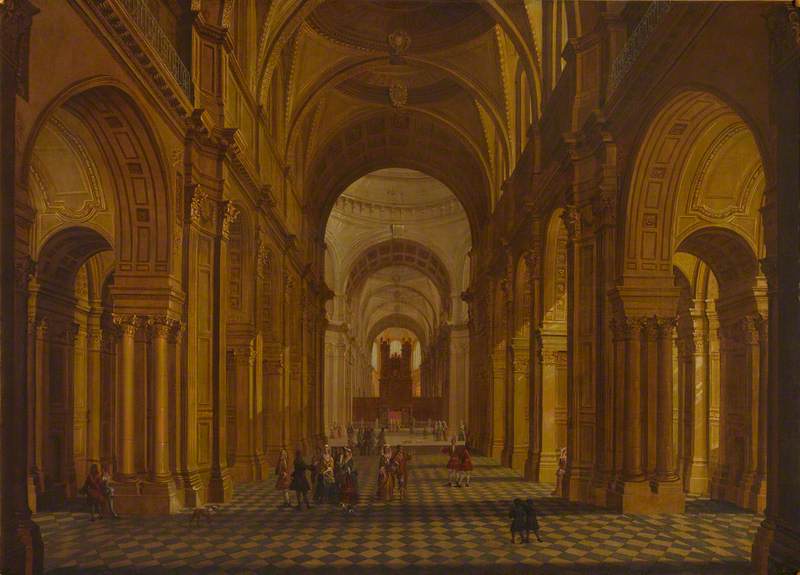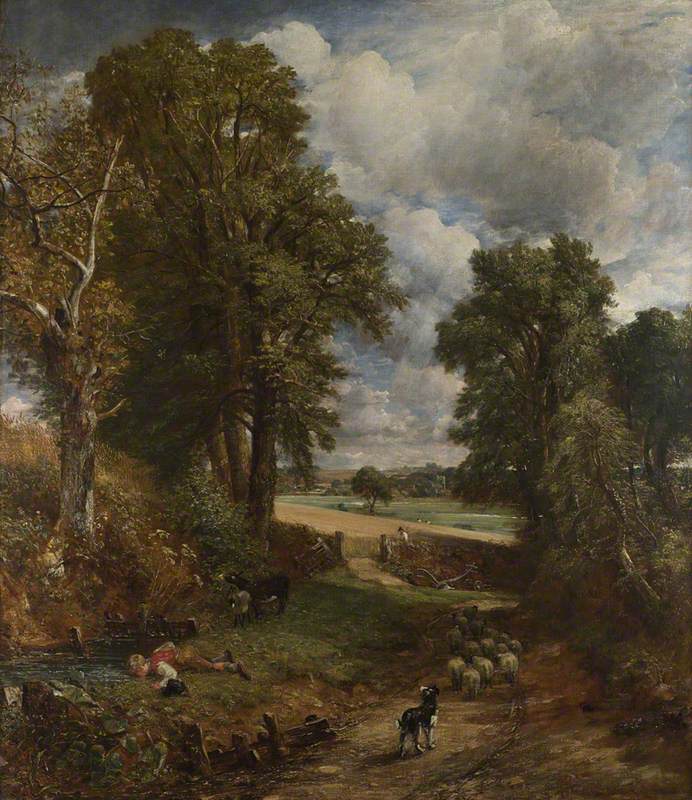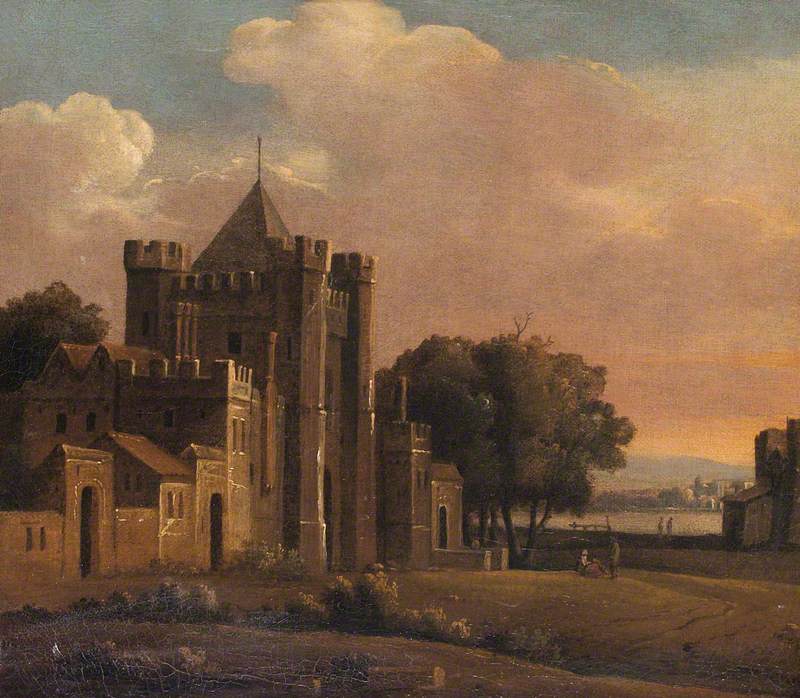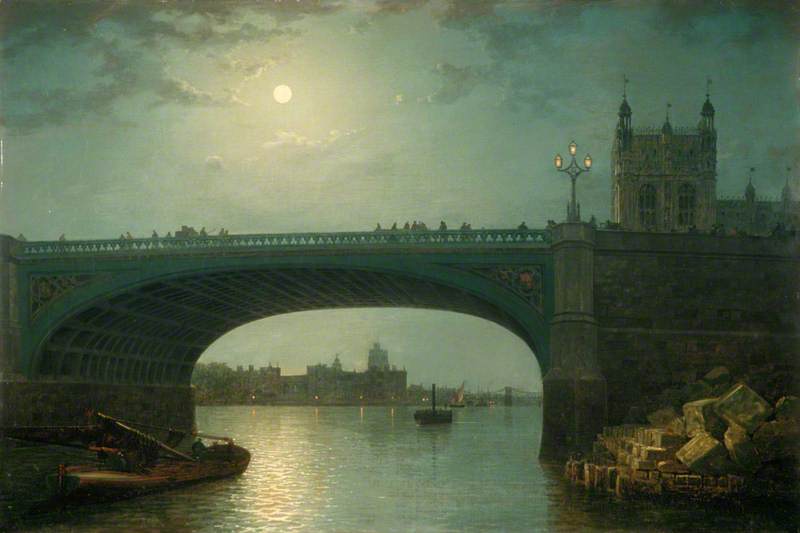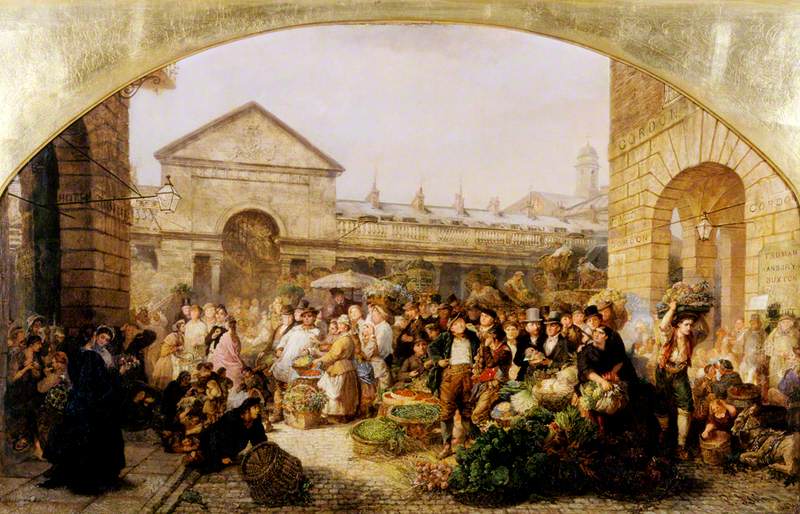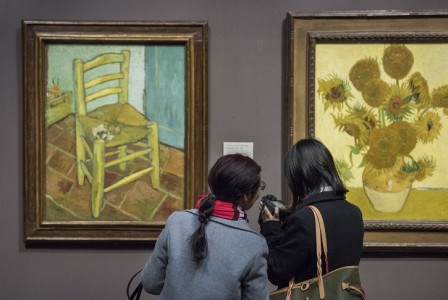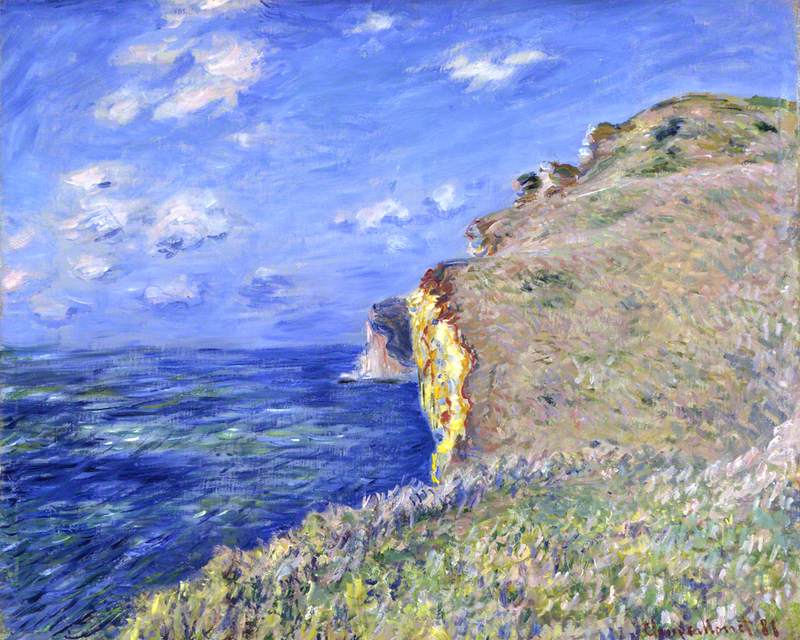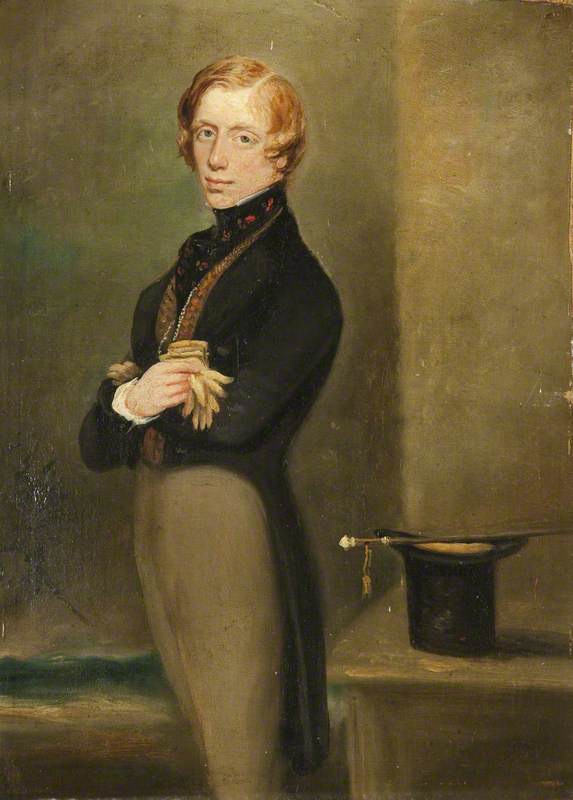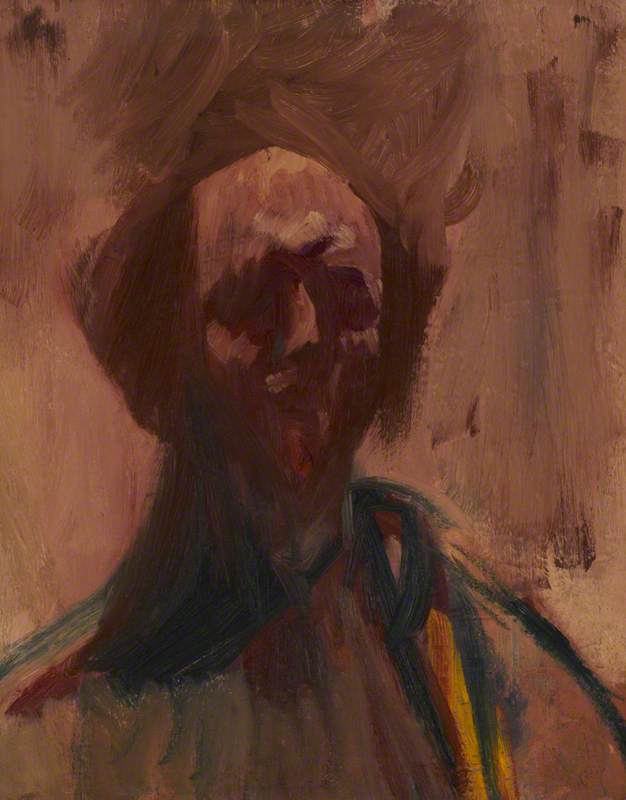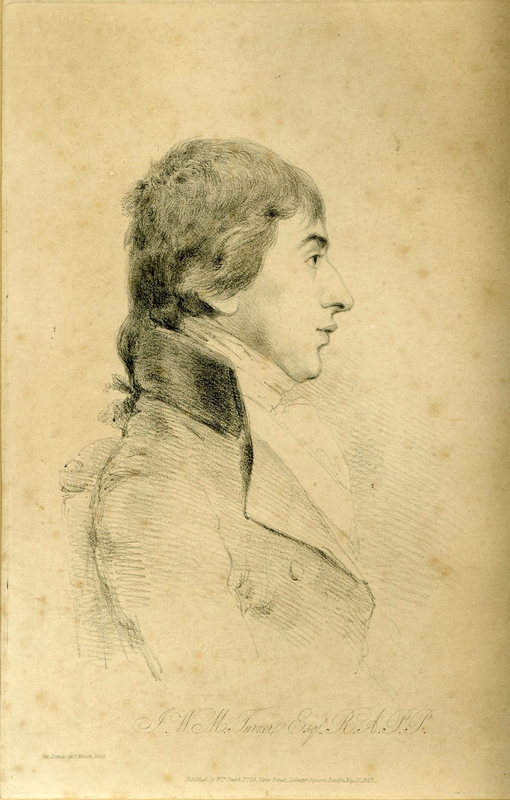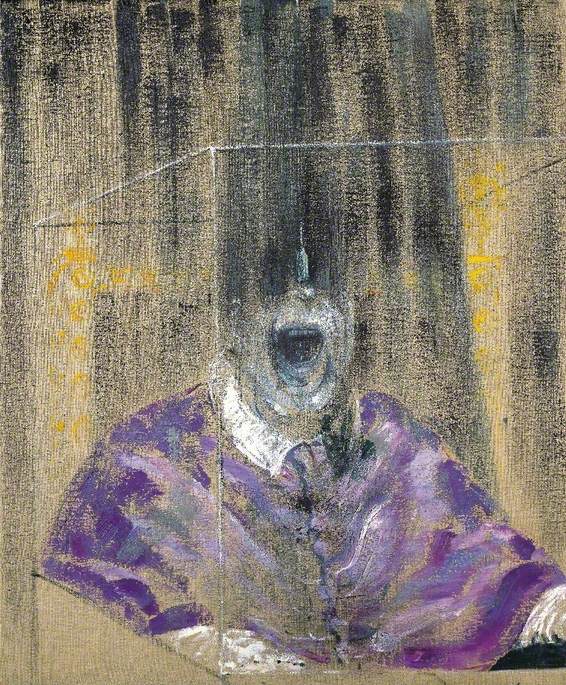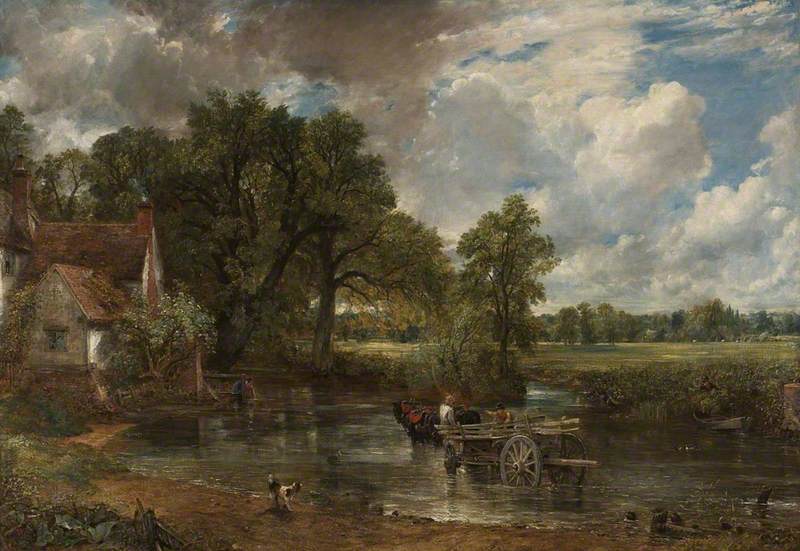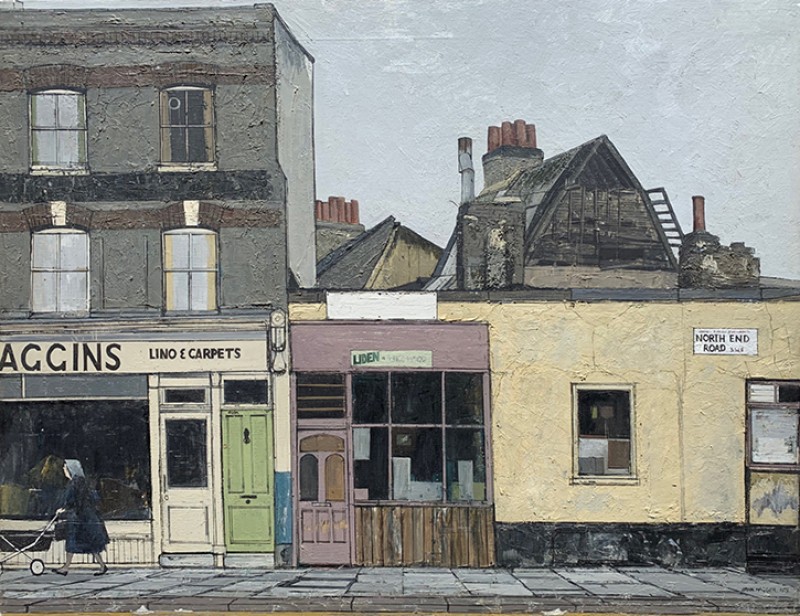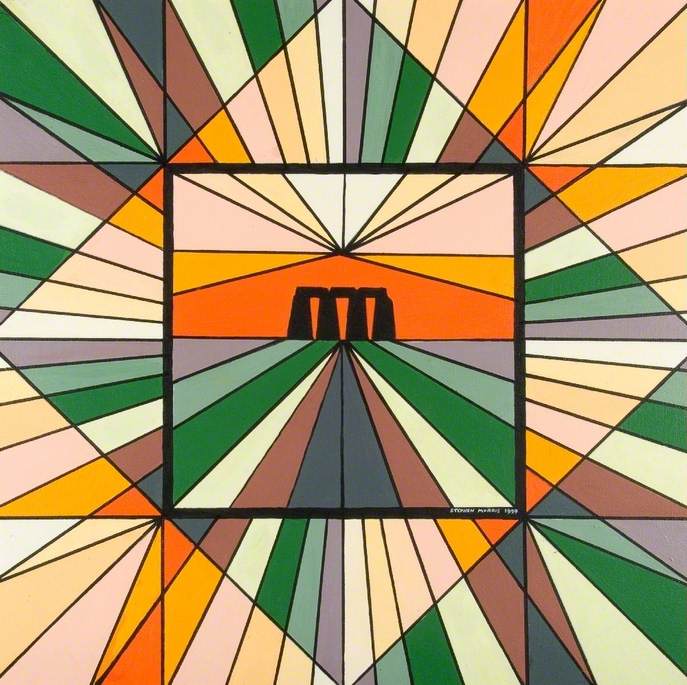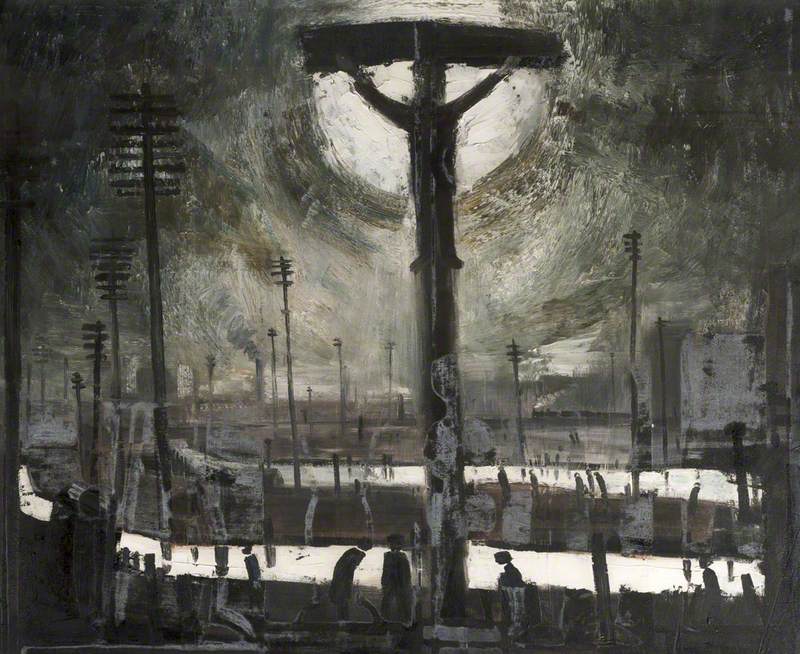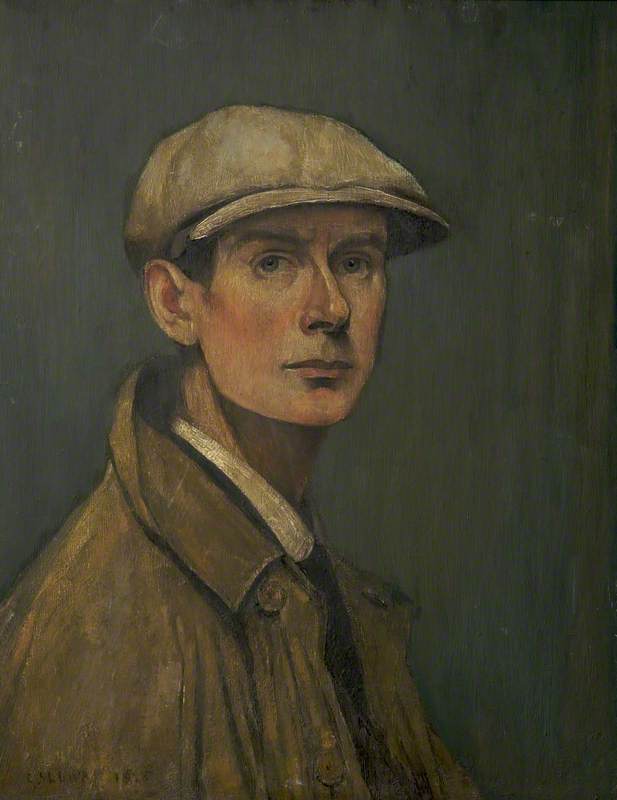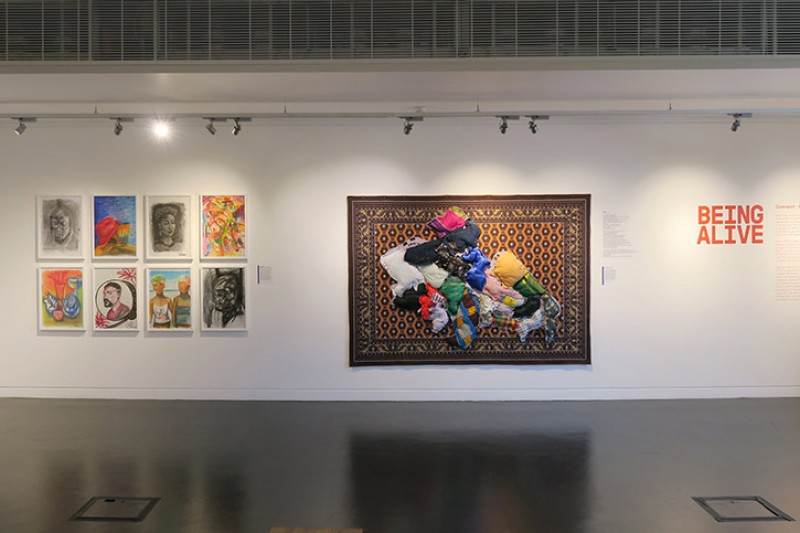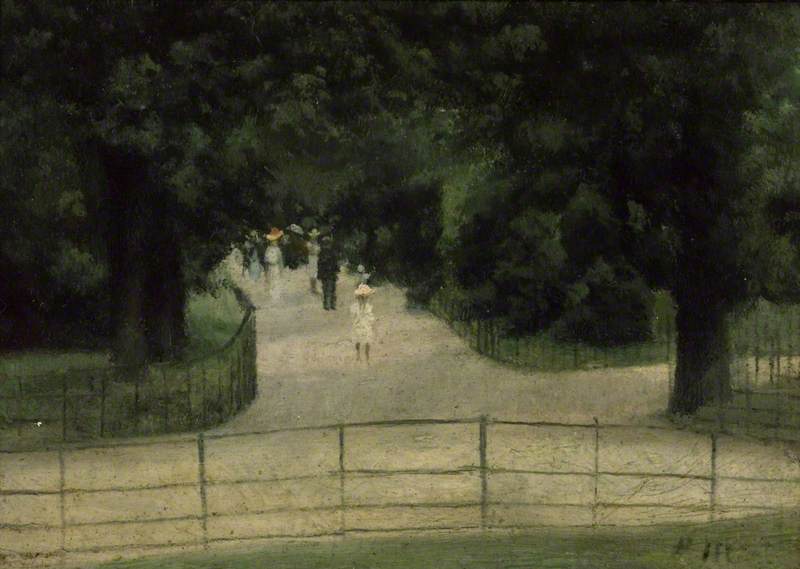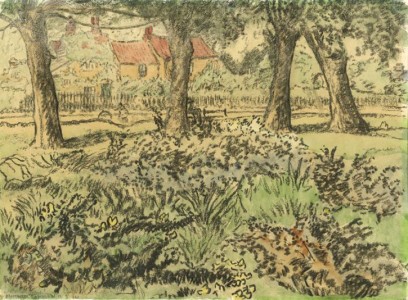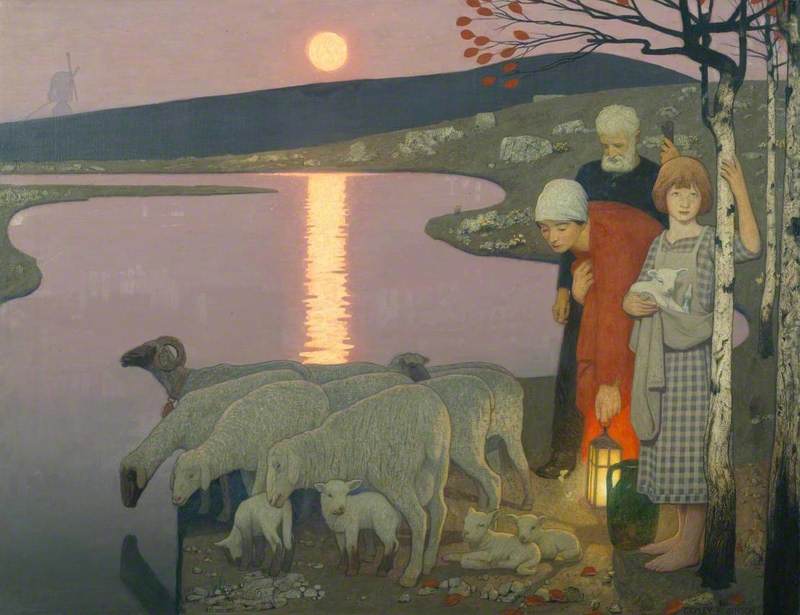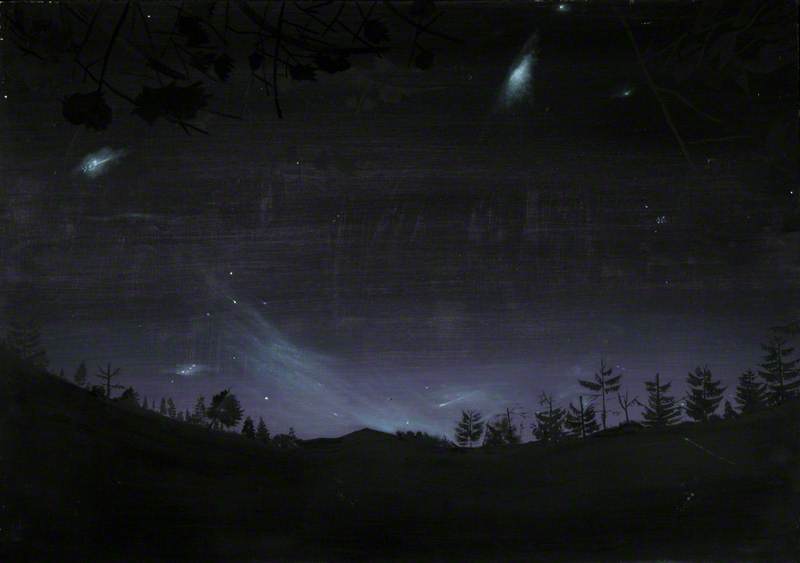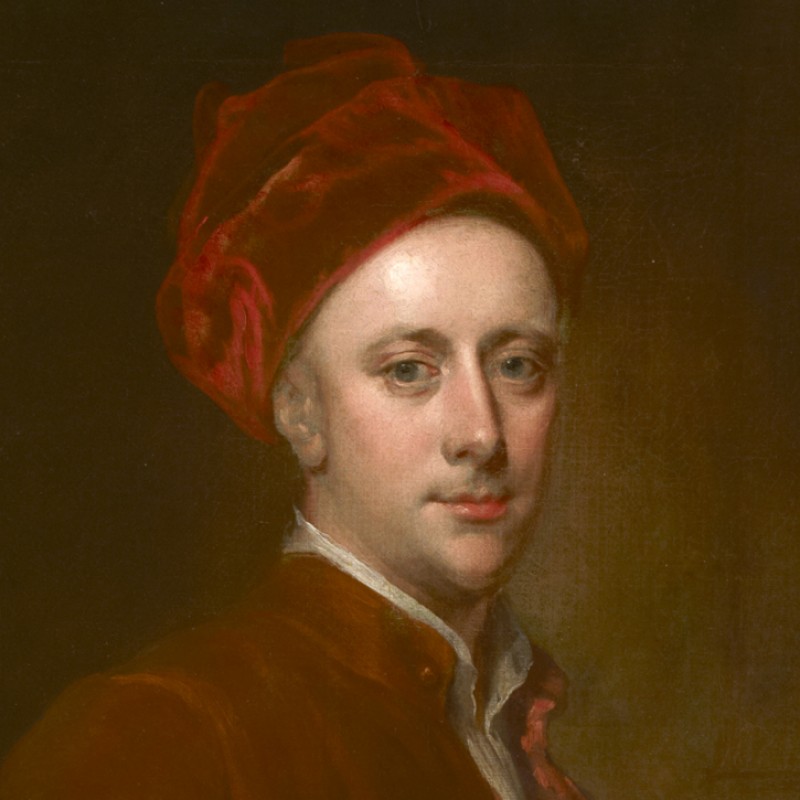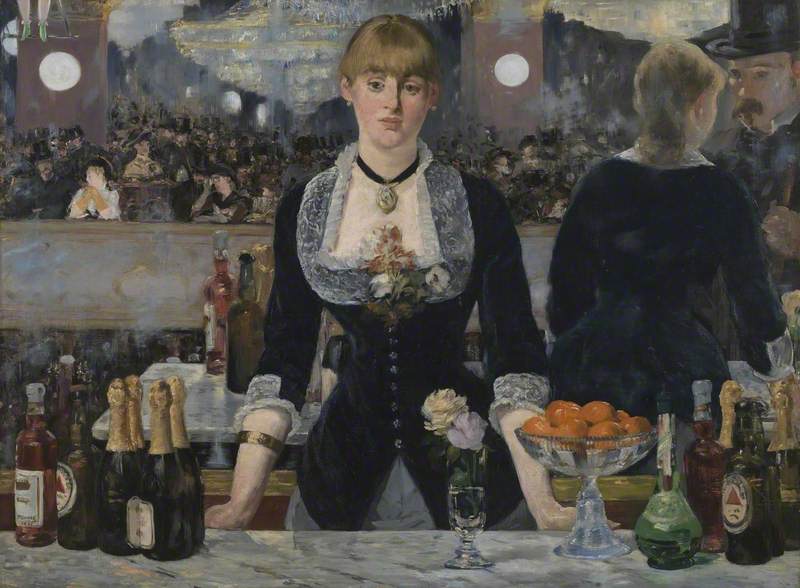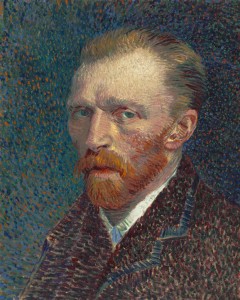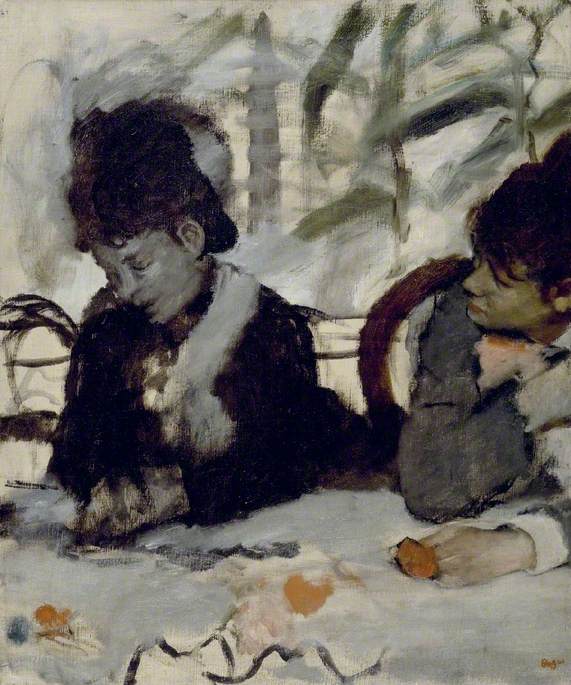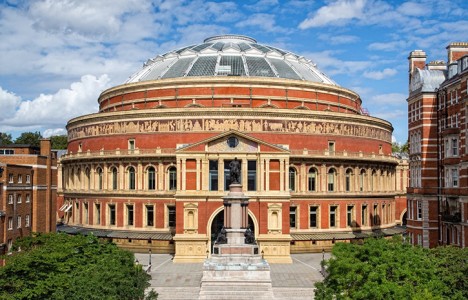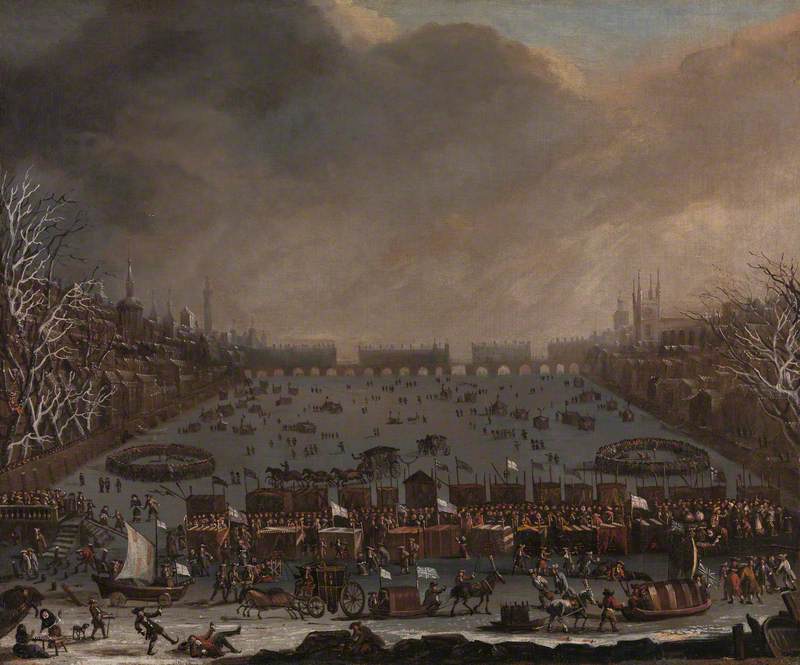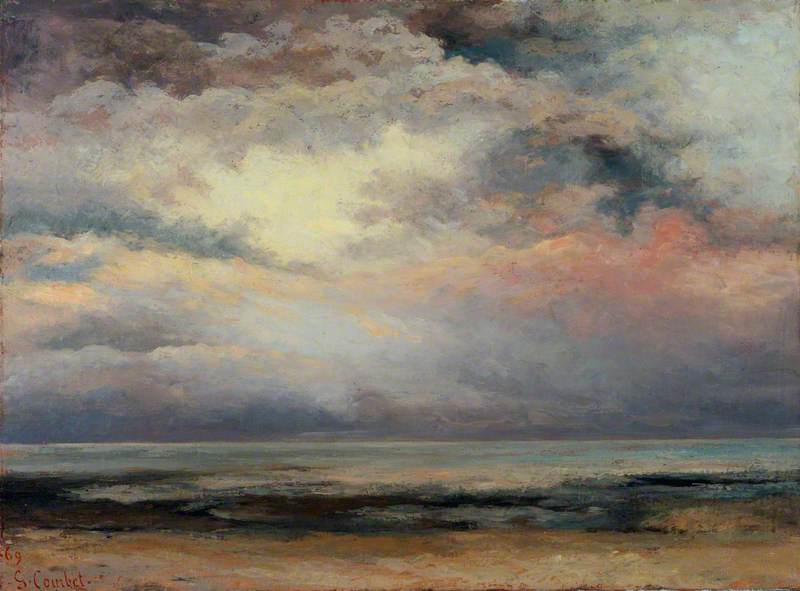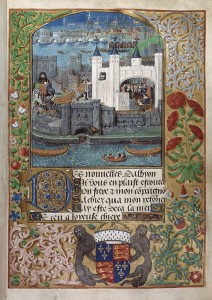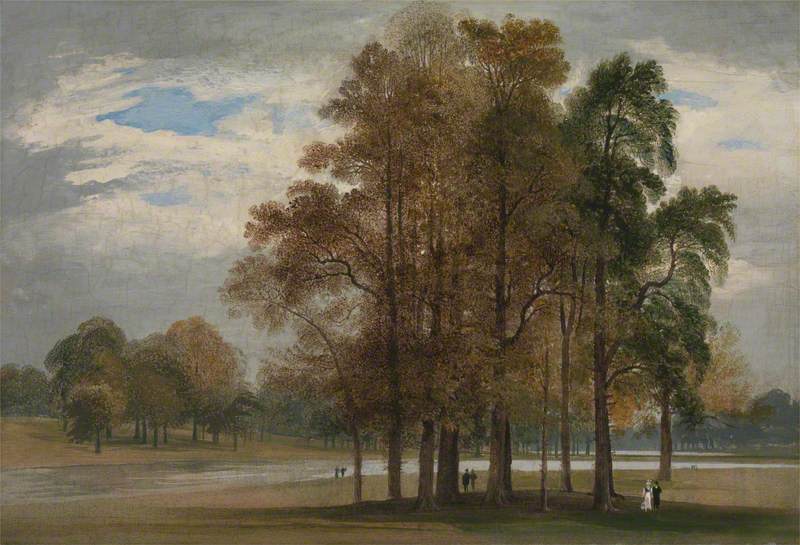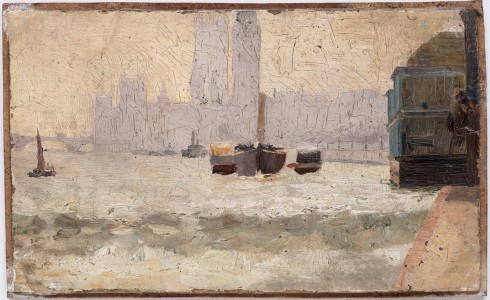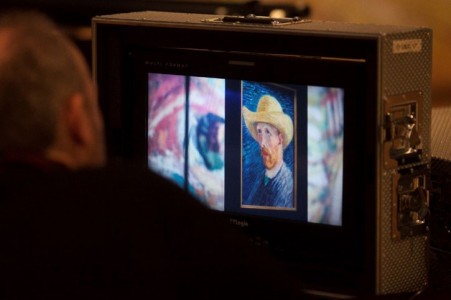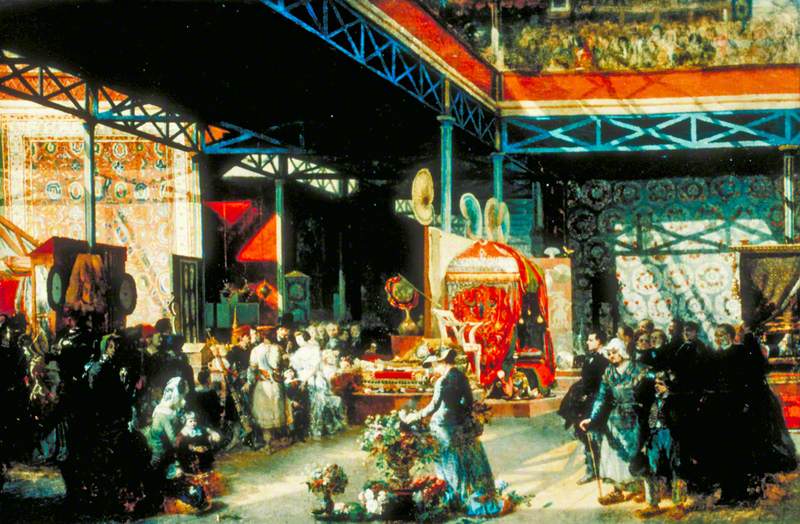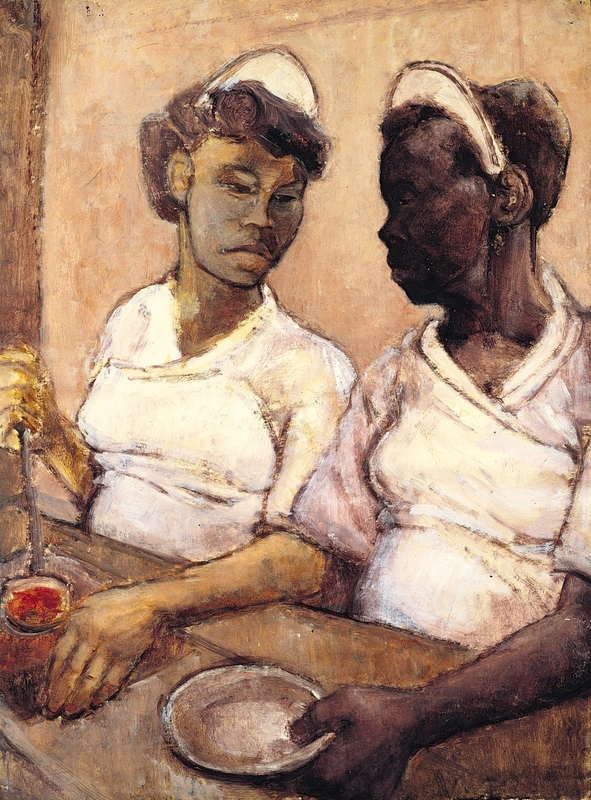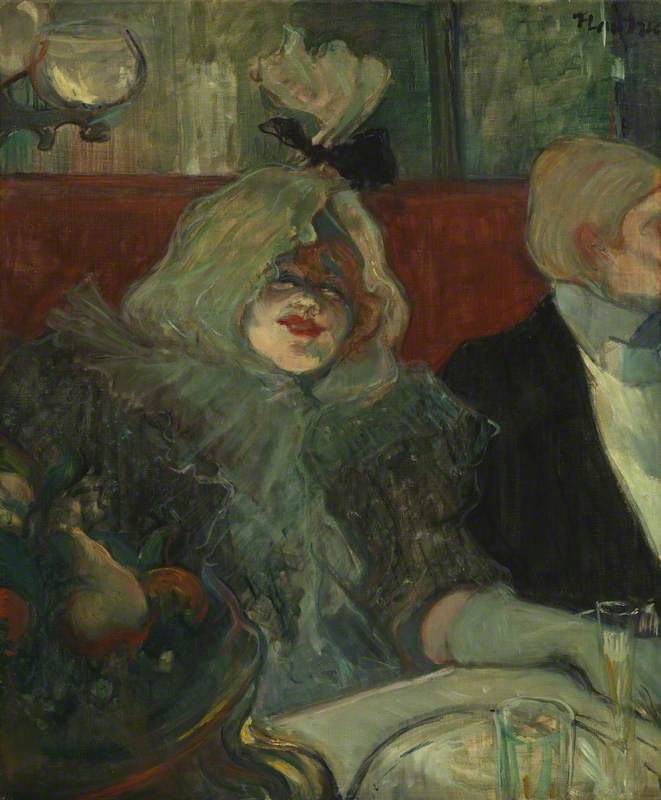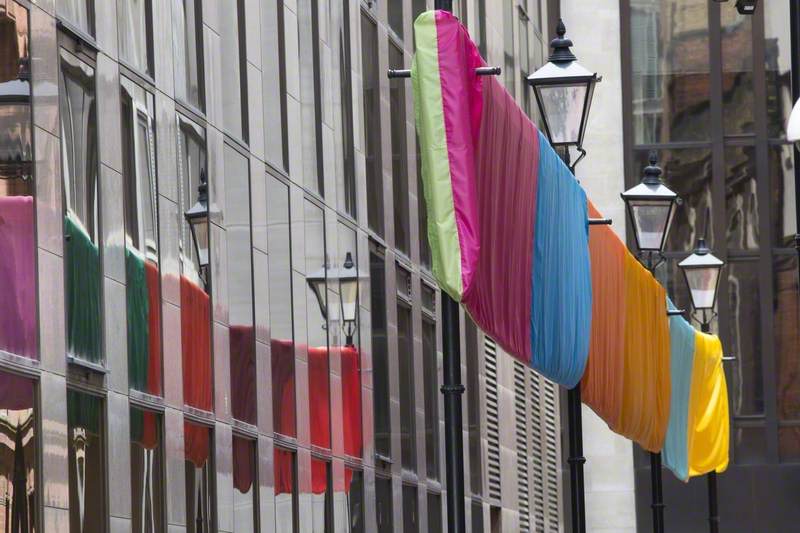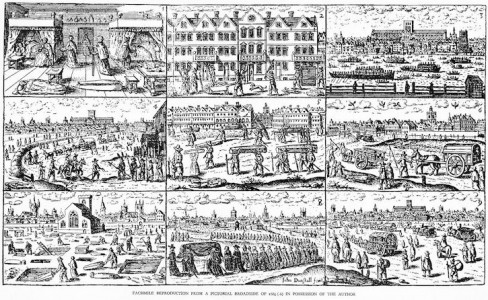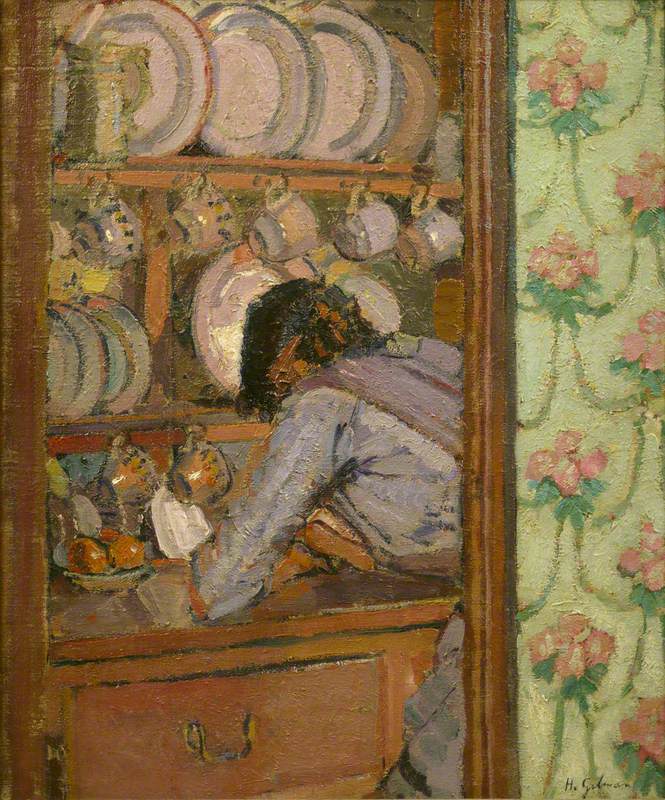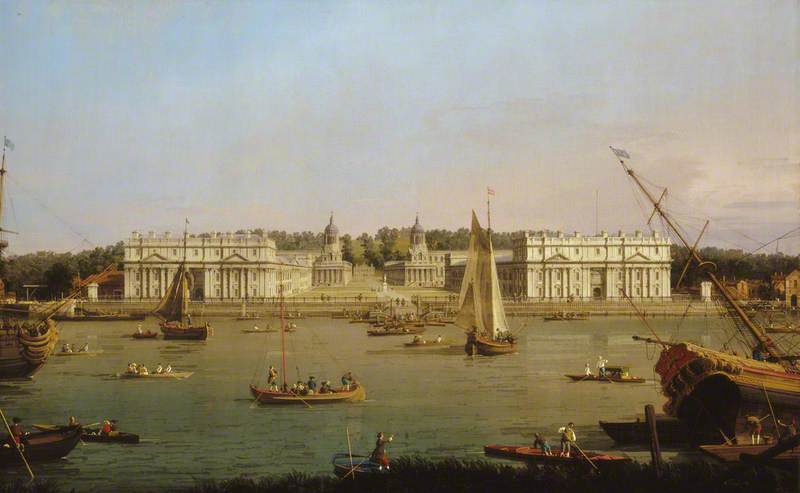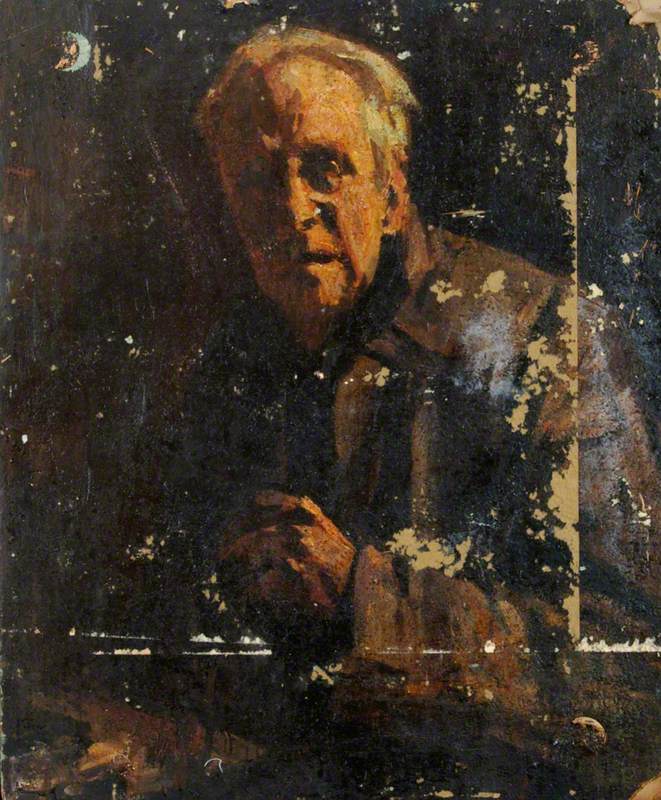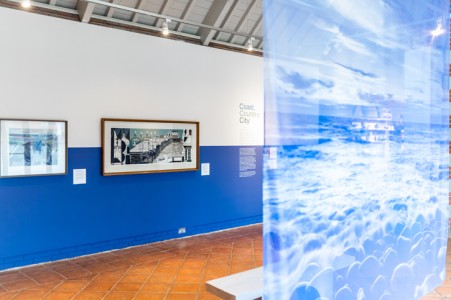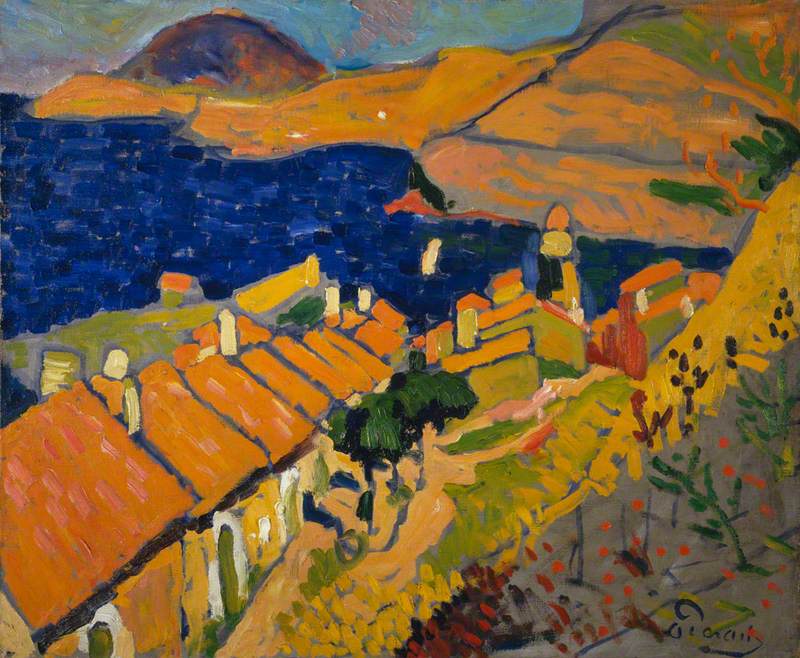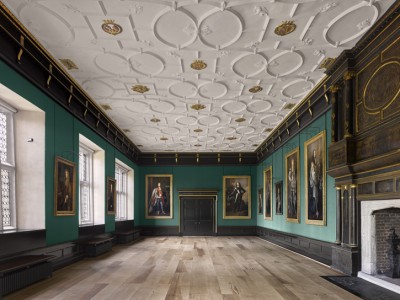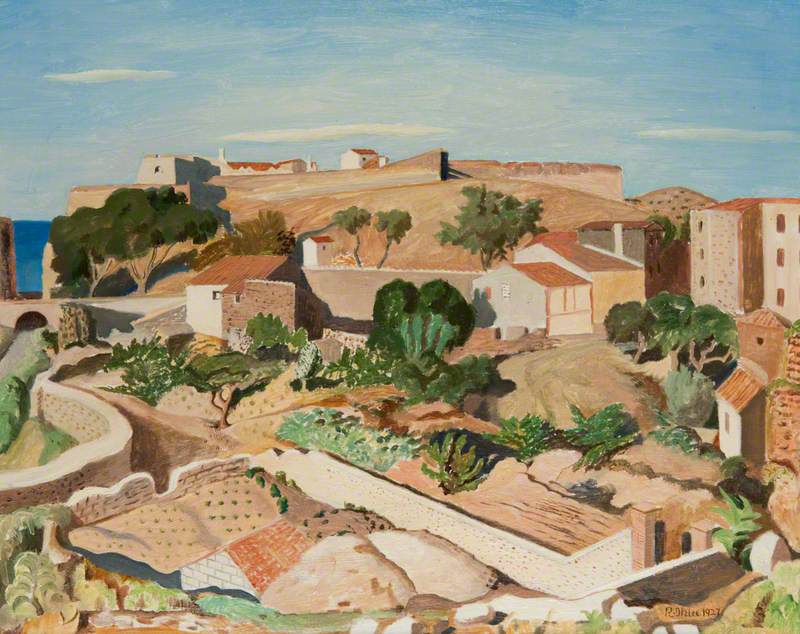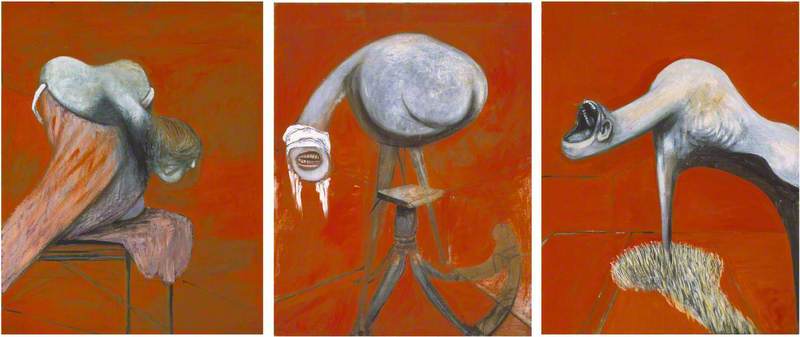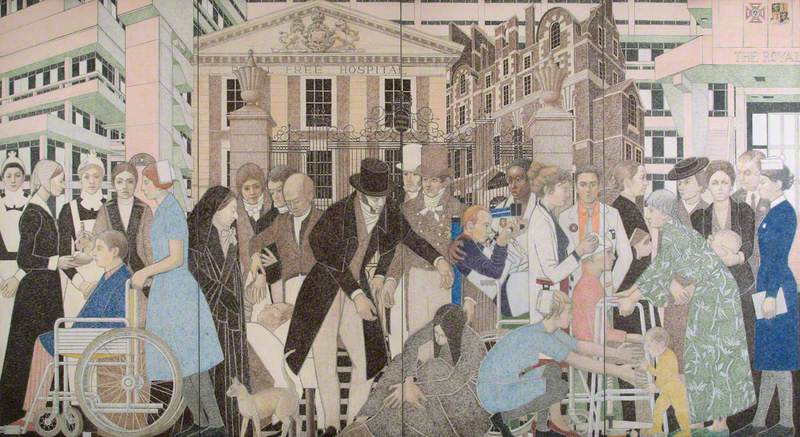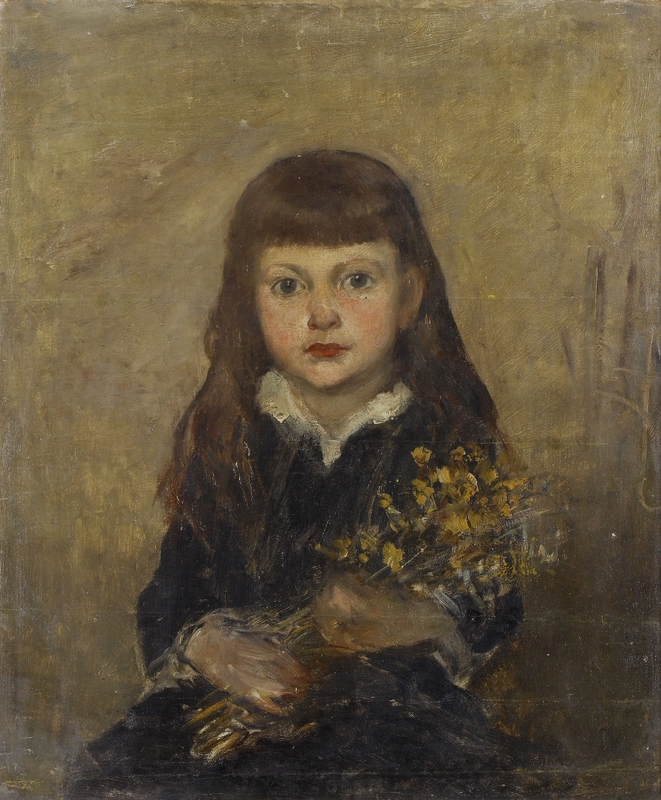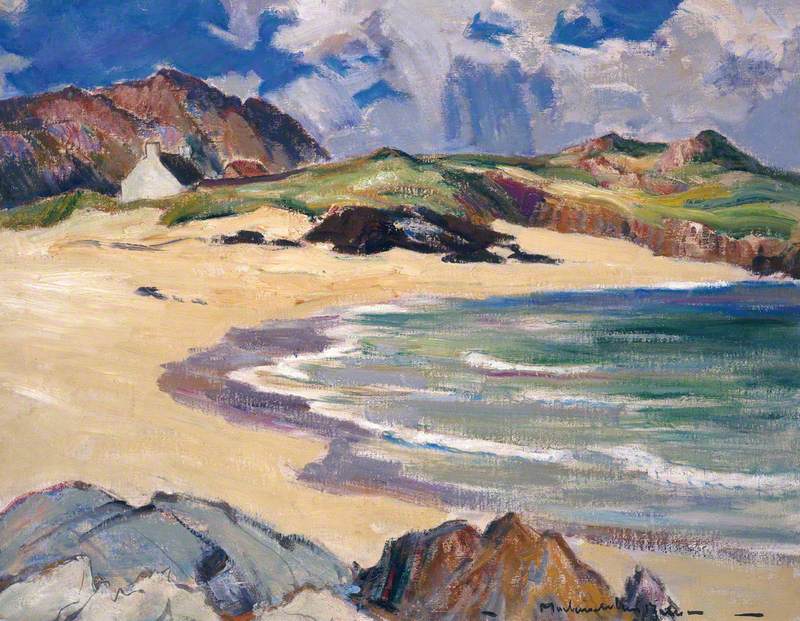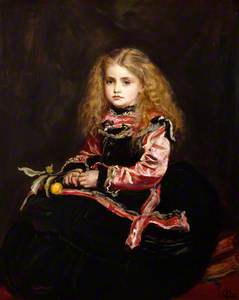Known (by locals, at least) as the greatest city in the world, London has, unsurprisingly, drawn artists from all corners of the earth. One of the more notable among these adventurous talents was a young Vincent Van Gogh (1853–1890), who came to live in the capital in 1873, aged 20.
Van Gogh reportedly fell in love with British art and culture, most of which seemed to culminate in London. Now, Tate Britain is showcasing the largest collection of Van Gogh’s work seen in almost a decade, including the internationally renowned Sunflowers (1888) and Van Gogh’s Chair (1889).
The exhibition will also feature works by artists who were inspired by Van Gogh, such as Francis Bacon and David Bomberg. Thus, it seems that not only did London influence one of the nineteenth century’s greatest Post-Impressionist
What would Van Gogh, when wandering the streets of London, have seen that we also see today? How would this striking painting of the interior of St Paul’s Cathedral have compared to his experience of the physical site? It is strange to consider that the very building where the current exhibition is on display was not yet an art gallery. What would later become the Tate would not open until 1897, meaning that Vincent would not have seen the memorable depiction of Ophelia by Sir John Everett Millais.
However, Millais was one of Van Gogh’s favourite artists that he encountered in London. He saw work by Millais and other Pre-Raphaelites on visits to the Royal Academy – this work, titled The Souvenir of Velázquez was painted by Millais in 1868. Another artist who inspired Van Gogh was the great landscapist John Constable. He may have found a kindred spirit in Constable in particular, whose studies (of clouds and tree trunks, for example) highlighted the Englishman’s keen appreciation for the sublime in nature. See, for example, Constable’s The Cornfield, which pleased Van Gogh a great deal.
Quotidian life might have had just as much of an impact on Van Gogh as the artworks he would have viewed. Living in Brixton (and later on in Kennington), Van Gogh might have seen long-standing sites like Ashby’s Mill, Charlton House or Croydon Palace – he might have lingered there, even, taking in the landscape.
Venturing indoors, he may have seen any number of great works by Old Masters when visiting Dulwich Picture Gallery, which was founded in 1817. We know from his letters to his brother Theo that Van Gogh liked to walk – a lot: all the better to see the city.
It’s not difficult to conjure him up in one’s mind’s eye: marching across a foggy Westminster Bridge at a brisk pace in his top hat, perhaps towards Covent Garden where he worked as a frustrated art dealer...
Thus this Tate Britain exhibition displays a love of London through the eyes of Van Gogh, at which viewers can spot the places and pieces that inspired the artist most. Only one question remains: do your tastes match Vincent van Gogh’s?
Patricia Yaker Ekall, writer
The exhibition 'Van Gogh and Britain' is on at Tate Britain from 27th March to 11th August 2019
